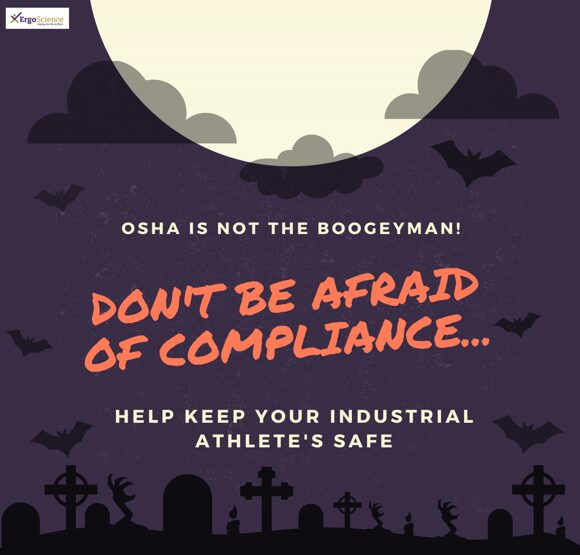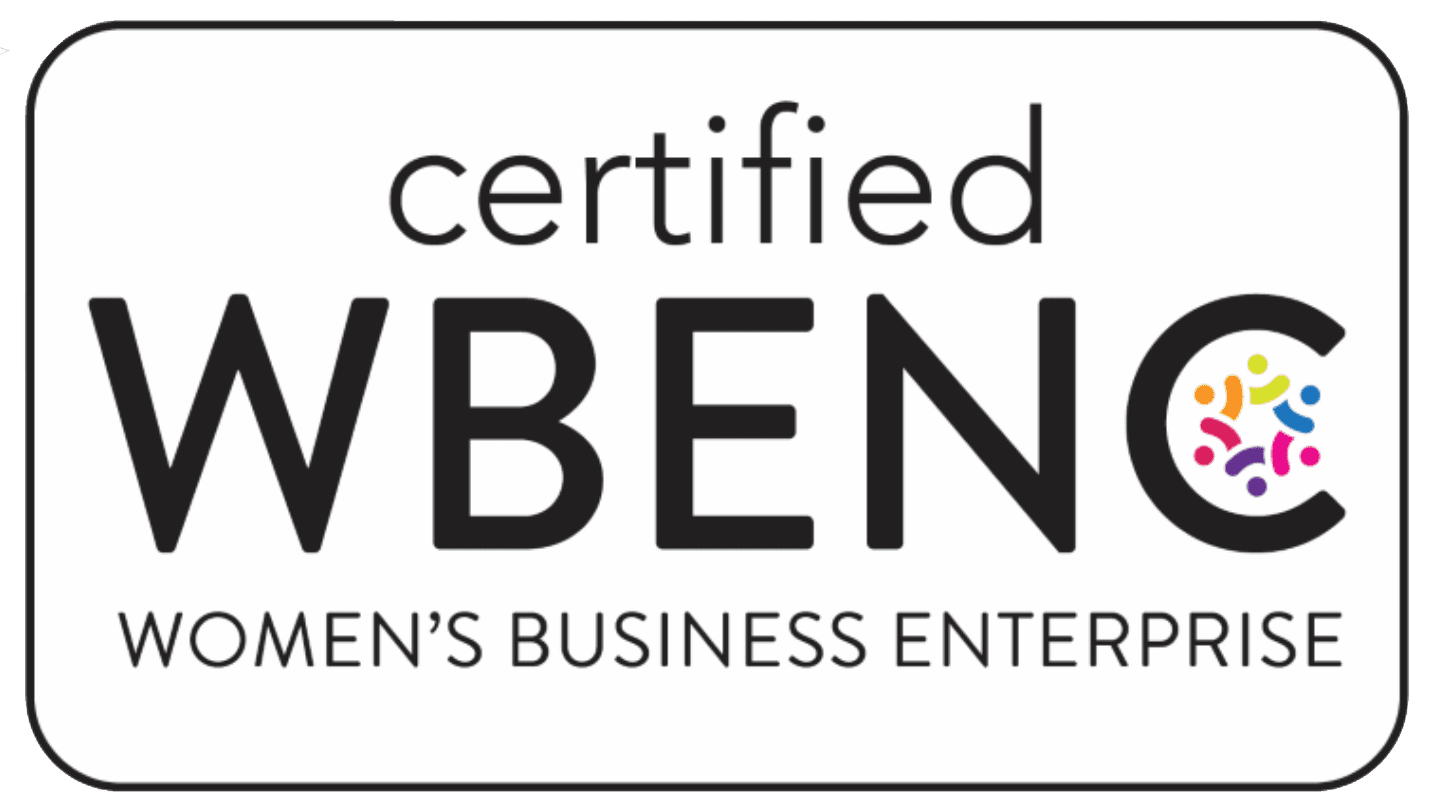
If you're involved in the safety industry, you're familiar with the acronym OSHA. But do you know what OSHA is or what they do? Is OSHA the boogeyman, constantly hiding behind the next corner, waiting to pounce on your next mistake?
Well, information cancels out fear, so let's do some education.
The Occupational Safety and Health Administration, more commonly known by its acronym OSHA, is responsible for protecting worker health and safety in the United States. Congress created OSHA in 1971 following its passage of the Occupational Safety and Health Act of 1970 to ensure safe and healthy working conditions for workers by enforcing workplace laws and standards and providing training, outreach, education, and assistance. In 1970, when the Government enacted the OSHA Act, there were 14,000 worker deaths and 2.5 million disabled workers in the United States. The Bureau of Labor Statistics (BLS) reports that by 2017 the workforce in the U.S. had almost doubled, but the number of worker deaths had decreased to 5,000, which, when adjusted for workforce growth, amounts to a nearly 80% reduction in workplace deaths. And it's not just deaths; recordable instances have dropped from 10.9 per 100 workers in 1970 to 2.8 per 100 workers in 2017.
OSHA coverage extends to most, but not all, private-sector employers and their workers. OSHA rules cover most non-public workplaces, including construction, logging, manufacturing, and many others. The agency also covers some public sector employers and their workers, usually through state OSHA agencies that regulate public sector employers. However, OSHA does not protect self-employed workers or immediate members of farm families who do not employ non-family workers. OSHA extends throughout all U.S. states, territories, and jurisdictions. States can have their own federally approved occupational safety and health regulatory programs (currently, 22 states do), called state plans. The State-Plan States must have regulations as stringent as federal OSHA regulations, but they can also implement stricter rules if they choose.
OSHA determines which standards and requirements apply to workplace environments and then enforces employer adherence to those standards and requirements. OSHA sets these standards and conditions based on workplace research and input from subject matter experts and other stakeholders. To help employers adhere to its standards and requirements, OSHA offers training and consultation to educate employers and employees. OSHA must explain the procedures, equipment, and training that employers and workers must use to reduce hazards and ensure safety measures specific to the employers' workplace and workers' jobs.
In addition to education and training, OSHA is tasked with enforcement. OSHA officials can issue fines ranging into tens of thousands of dollars for violations (even more for repeat violations) and refer violators for criminal prosecution if they deem such action warranted. Recently, OSHA has even referred workplace safety violations to state district attorney offices in fatality cases, allowing individuals (owners, safety managers) within an organization to be charged when willful negligence is found.
OSHA is also tasked with identifying possible causes of job-related injuries, deaths, and illnesses. According to a U.S. Department of Labor release, just last week, OSHA cited Dollar General with four willful and ten repeat violations for "failing to keep receiving and storage areas clean and orderly, and stacking materials in an unsafe manner. These violations exposed workers to hazards associated with slips, trips, and being struck by objects." [1] The company faces $1,682,302 in proposed penalties after these inspections, a portion of the more than $9.6 million total initial penalties the company has received since 2017. To date, OSHA's most significant action has been against B.P. Products of North America Inc., following a 2005 explosion and fire at the B.P. Texas City Refinery, which killed 15 workers and injured 170. The proposed penalties totaled $87.4 million.
To comply with OSHA requirements, employers must take several specific actions; those include inspecting the workplace for potential hazards, eliminating or minimizing hazards, keeping records of workplace injuries and illness, training employees to recognize safety and health hazards, and educating employees on precautions to prevent accidents. OSHA also requires employees to follow the rules, such as complying with all applicable OSHA standards, following OSHA safety regulations, wearing required protective equipment, reporting hazardous conditions, and reporting job-related injuries and illnesses. OSHA also protects employees by guaranteeing a host of rights. Those include the right to have copies of OSHA regulations and request information about workplace hazards, precautions, and procedures. To request OSHA inspections if they believe hazardous conditions or violations exist in their workplace and to refuse to be exposed to the danger of death or serious physical harm.
Additionally, OSHA and federal laws protect workers who complain or report possible violations to their employers, OSHA, or other agencies against retaliation. Employers are prohibited from taking adverse personnel action against a whistleblower. Employees who feel their legal rights have been infringed upon can file a complaint to OSHA alleging employer retaliation.
Just because OSHA has regulatory and even punitive capabilities doesn't mean they are the bad guy. We all want our team members to go home in the same condition they showed up to work in, and OSHA wants the same thing. Because of this, OSHA offers "no-cost and confidential occupational safety and health services to small- and medium-sized businesses in all 50 states, the District of Columbia, and several U.S. territories, with priority given to high-hazard worksites. On-Site Consultation services are separate from enforcement and do not result in penalties or citations. Consultants from state agencies or universities work with employers to identify workplace hazards, provide advice for compliance with OSHA standards, and assist in establishing and improving safety and health programs." [2]
So, use the tools that OSHA has provided, and when you need additional help identifying and remediating the issues, contact ErgoScience. With 30 years of experience in ergonomics and injury reduction, we can help you identify and fix the problems. And if you've engineered out the ergonomics issues but still have injuries, you're hiring the wrong people. We can help with that too. Let us show you how a legally defensible pre-hire physical ability testing program can help you put the right people in the right jobs, and you sit back and watch your injuries drop by an average of 73%.
HURRY! Contact us today for more information.
(1] https://www.dol.gov/newsroom/releases/osha/osha20221017
[2] https://www.osha.gov/consultation/

ErgoScience makes the workplace better by applying evidence-based injury prevention through proven, defensible methodologies.


Proudly built by Adam Black Media Copyright © All rights reserved.
Our goal is to help people in the best way possible. this is a basic principle in every case and cause for success. contact us today for a free consultation.